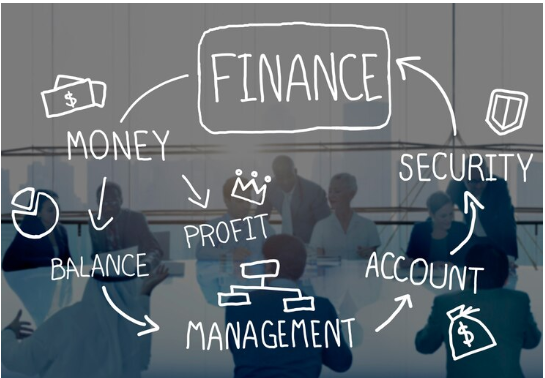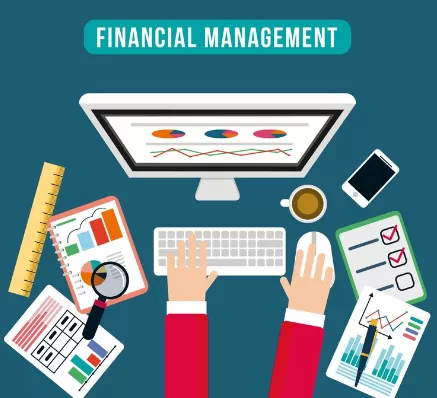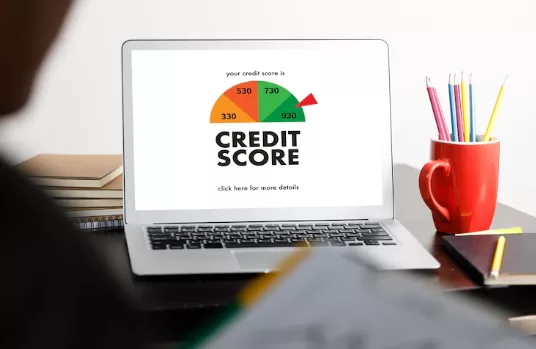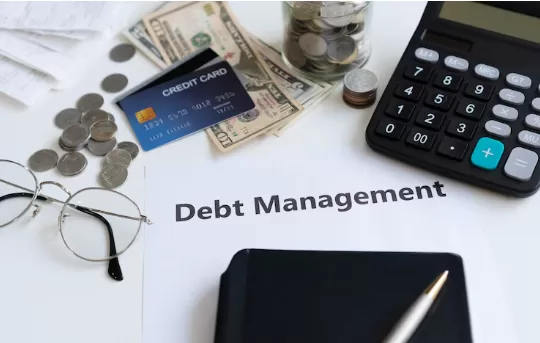Creating a personal finance flowchart can significantly enhance your financial management skills. It provides a visual representation of your financial goals, priorities, and the steps needed to achieve them. This blog will guide you through the process of creating a personal finance flowchart that suits your needs, helping you make informed decisions about your money.
Table of Contents
What is a Personal Finance Flowchart?
A personal finance flowchart is a diagram that outlines the steps you need to take to manage your finances effectively. It simplifies complex financial decisions by breaking them down into manageable parts. By using a flowchart, you can visualize your financial journey, from budgeting and saving to investing and debt repayment.
Benefits of Using a Flowchart
- Clarity: A flowchart helps clarify your financial goals and the steps required to reach them.
- Organization: It organizes your financial tasks in a logical sequence, making it easier to follow.
- Decision-Making: Visualizing your options can lead to better financial decisions.
- Goal Tracking: You can monitor your progress toward achieving specific financial objectives.
Steps to Create Your Personal Finance Flowchart
Step 1: Define Your Financial Goals
Start by identifying what you want to achieve financially. Common goals include:
- Building an emergency fund
- Paying off debt
- Saving for retirement
- Investing for long-term growth
Step 2: Gather Your Financial Information
Collect all relevant financial information, including:
- Monthly income
- Monthly expenses
- Current savings and investments
- Outstanding debts
Step 3: Outline Your Financial Steps
Based on your goals and information, outline the key steps in your financial journey. Here’s a basic structure:
- Budgeting: Track your income and expenses.
- Emergency Fund: Save at least 3–6 months’ worth of living expenses.
- Debt Repayment: Prioritize paying off high-interest debts.
- Saving for Retirement: Contribute to retirement accounts like 401(k)s or IRAs.
- Investing: Allocate funds into stocks, bonds, or real estate based on your risk tolerance.
Step 4: Create the Flowchart
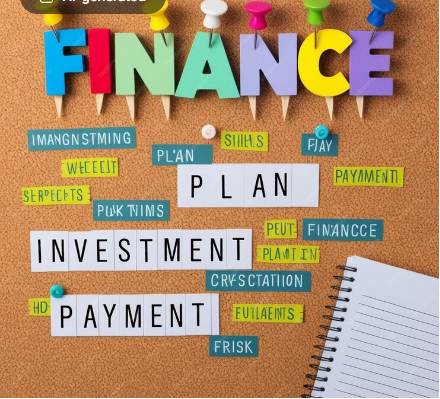
Now that you have your steps outlined, it’s time to create the flowchart. You can use various tools like EdrawMax or Lucidchart for this purpose. Here’s how to do it:
- Choose a Template: Select a flowchart template that fits your needs.
- Add Shapes and Arrows: Use shapes (like rectangles for steps and diamonds for decisions) and arrows to connect them logically.
- Label Each Step: Clearly label each step in the process so it’s easy to understand.
- Customize the Design: Adjust colors and styles to make it visually appealing.
Step 5: Review and Adjust
Once you’ve created your flowchart, review it carefully:
- Ensure all steps are clear and logical.
- Adjust any areas that may need more detail or clarity.
- Share it with a trusted friend or family member for feedback.
Example of a Personal Finance Flowchart
Here’s an example of how your flowchart might look:
- Start with Budgeting
- Track income → Track expenses
- Are expenses less than income?
- Yes → Move to Emergency Fund
- No → Reduce expenses
- Emergency Fund
- Save 3–6 months of expenses → Move to Debt Repayment
- Debt Repayment
- List debts → Pay off high-interest debts first → Move to Saving for Retirement
- Saving for Retirement
- Contribute to employer-matched plans → Open an IRA → Move to Investing
- Investing
- Allocate funds based on risk tolerance → Monitor investments regularly
Conclusion
Creating a personal finance flowchart is an effective way to manage your finances better. By visualizing your financial goals and the steps needed to achieve them, you can make informed decisions that lead you toward financial independence.
Ready to take control of your finances? Download our free resource guide on creating effective personal finance flowcharts today!
This approach will help streamline your financial management process, making it easier for you to stay organized and focused on achieving your goals.
